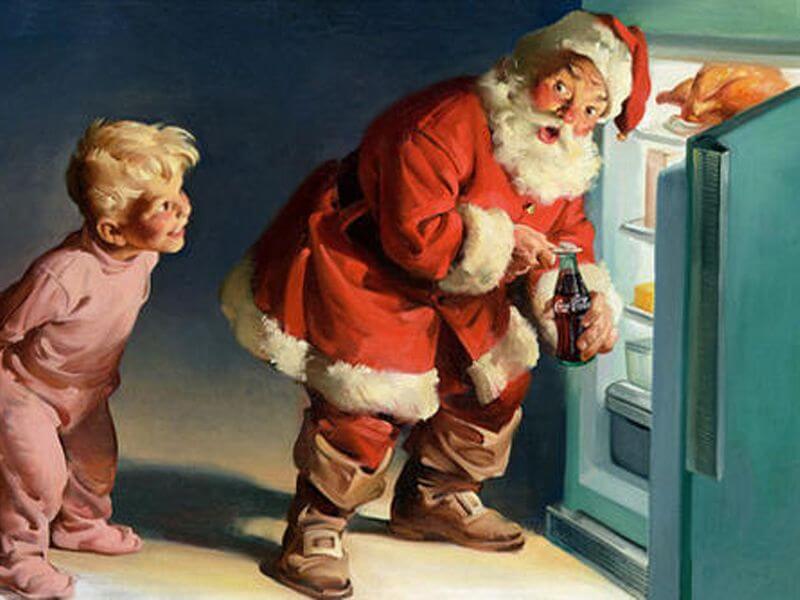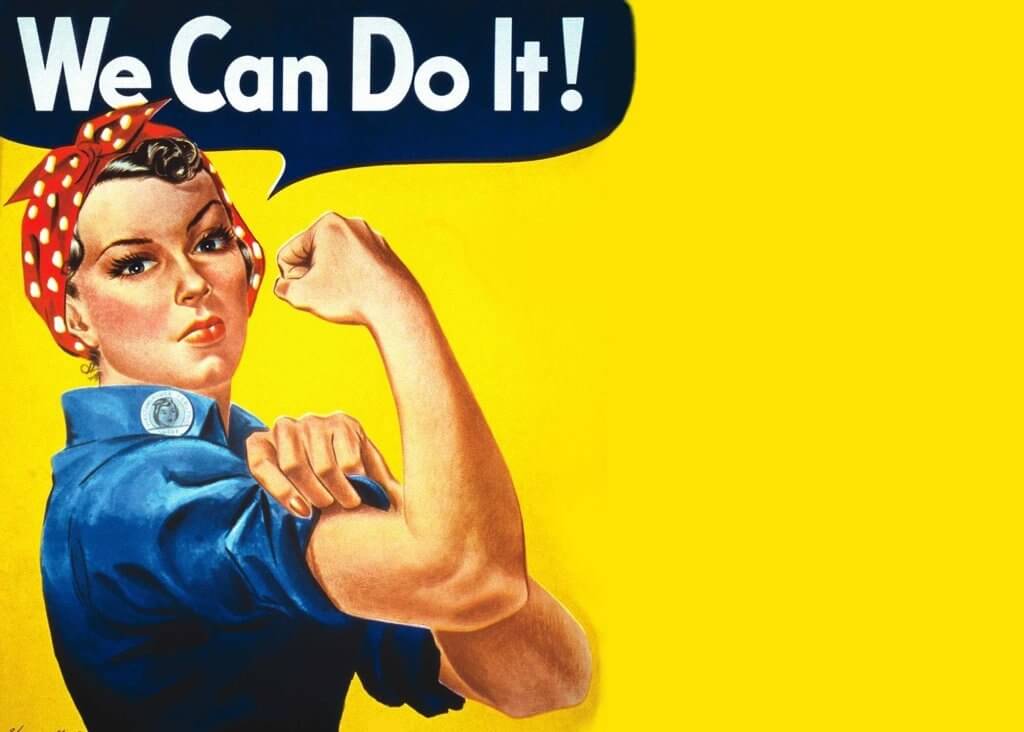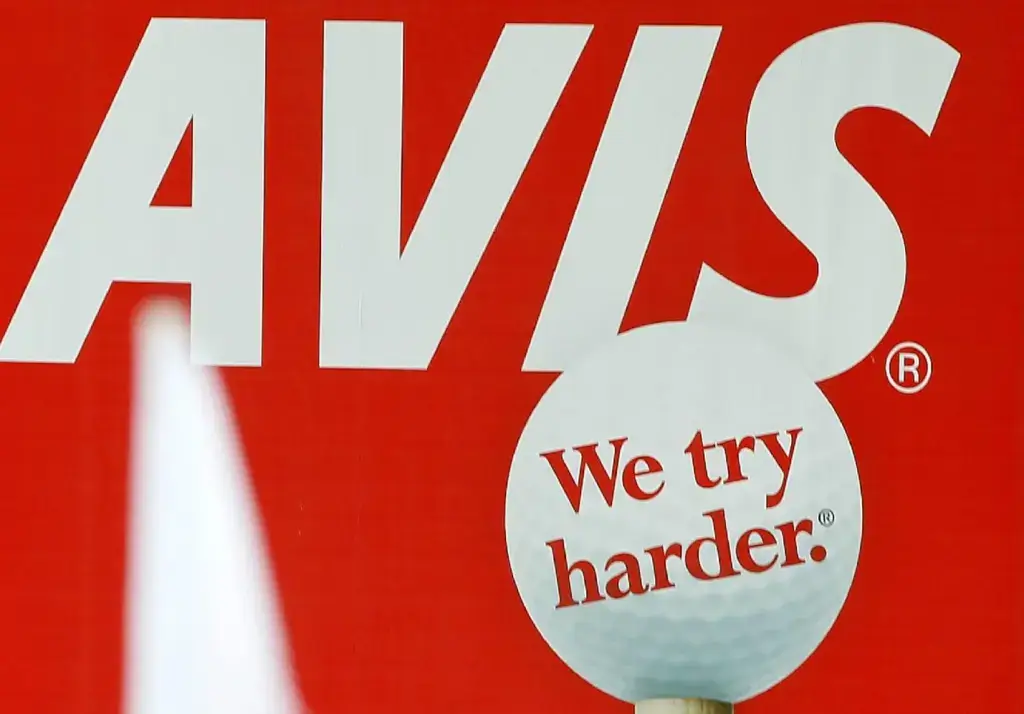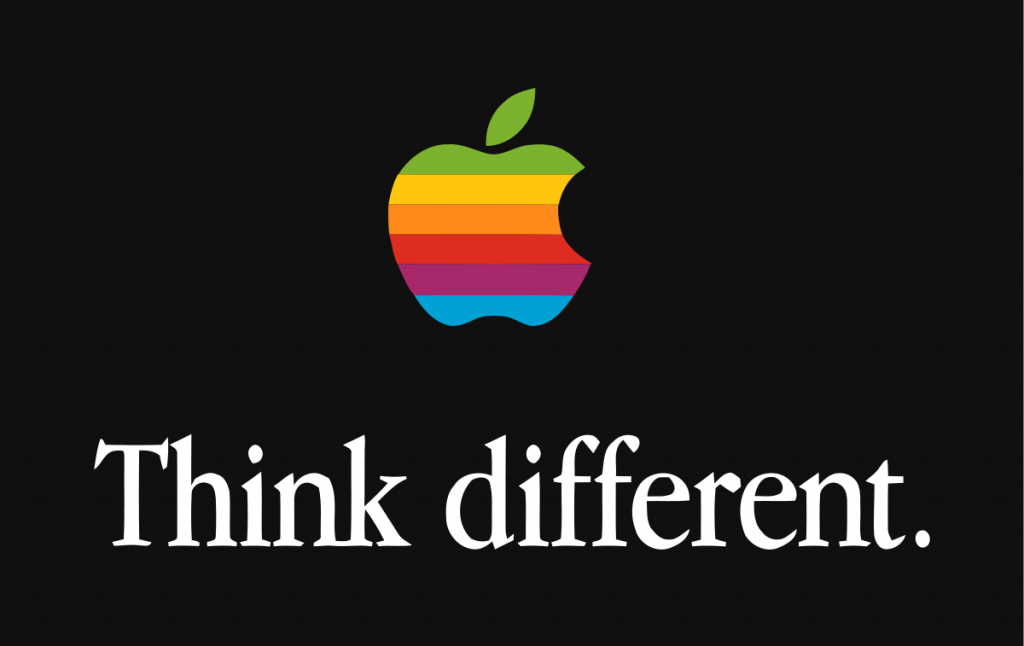Time Travel
The Fascinating Story of the Best Ads Ever
This week, let’s dive into an exciting journey through the decades, exploring the extraordinary evolution of the best ads ever.
We tak about
ToggleFrom the captivating origins to iconic spots, we’ll discover together how the world of commercial communication has shaped and reflected society throughout history. Don’t miss the chance to relive the epic moments and advertising campaigns that have left a mark.
Ready to dive into a history bath of communication?
The First Advertisement in History
Contrary to popular belief, the history of advertising has ancient origins. The first examples of commercial communication emerged in two major cities of the Old World: Paris in 1630, with the founding of the Bureau d’adresses et des rencontres by Théophraste Renaudot, an “agency” that published a sheet with commercial proposals, and in London with the Mercurius Britannicus, which featured paid advertisements. It was only in 1704 that the Boston News-Letter, the first American newspaper, published the first printed advertisement in a medium of information.
From the 18th century to the present day, advertising has undergone significant changes, including communication channels. Radio, television, and especially the internet have contributed to the exponential increase in advertising messages we are exposed to daily.
Are There Truly Unforgettable Ads?
I’ve taken entire university exams on the analysis of impactful advertisements… today I’m sharing some with you… hoping not to bore you!
1) 1916 – I WANT YOU FOR U.S ARMY

Who doesn’t know Uncle Sam? An unmistakable face, with cold eyes, white hair emerging from a star-spangled hat, and a stern finger pointing forward. Over 100 years ago, James Montgomery Flagg created Uncle Sam during World War I, when the United States declared war on Germany. Flagg used himself as a model; according to the Library of Congress, during the last year of the war, the poster was printed over 4 million times, reaching 5.3 million copies after the conflict ended. Despite 101 years having passed, America’s most famous Uncle is still alive. His image continues to be “borrowed” by contemporary designers and is frequently used in billboard advertisements.
2) 1931 – COCA COLA AND SANTA CLAUS

In 1931, Archie Lee, the representative of The Coca-Cola Company at the D’Arcy Advertising Agency, commissioned illustrator Haddon Sundblom to create advertising illustrations featuring Santa Claus. Before that year, Santa was depicted as a tall, slim man. Sundblom drew inspiration from Clement Clark Moore’s poem “A Visit from St. Nicholas,” which portrayed a pleasant, human, warm, and chubby image of Santa. Contrary to popular belief, the poem already depicted Santa in a red suit, a detail Coca-Cola embraced, linking it forever to their brand’s success. The goal was clear: to convey a reassuring, generous, and colorful image – similar to that of a grandfather with his grandkids – and thus associate it with their beverage.
I have already spoken about the advertising genius who made the history of the Coca Cola logo in the article Marketing case study: Coca Cola versus Pepsi
3) 1942 – WE CAN DO IT!

Who doesn’t recognize the image of Rosie the Riveter, the ultimate patriotic symbol rolling up her work shirt sleeves? Rosie owes her name to a popular American song from 1942 and became the propaganda image promoting women’s work in U.S. factories during the same period. After the Japanese attack on Pearl Harbor in 1941, industries had lost a considerable part of their male workforce. Men had to go to war, and the U.S. needed to produce weapons and ammunition. With the help of advertising agencies, the American government launched campaigns to convince women to work in factories, and Rosie the Riveter – with her red polka-dot headscarf and determined expression – became the symbol. Later, the campaign became the emblem of feminism, thanks to its powerful slogan: “We can do it.” Recently, the American company Swiffer revived this advertisement, associating it with their home products and placing a powerful vacuum cleaner in Rosie’s hands. Protests were so strong that Swiffer had to withdraw the ad. Rosie won again!
4) 1947 – DE BEERS: "DIAMONDS ARE FOREVER"

In 1947, the world’s largest diamond seller was looking for a new slogan. The legend goes that when Frances Garety from N.W. Ayer & Son proposed “Diamonds are forever,” no one was completely convinced. Americans themselves began to view this phrase as a symbol of eternal love. From 1948, “A diamond is forever” accompanied all De Beers advertisements, becoming one of the most successful slogans of the 20th century.
5) 1963 - AVIS: "We Try Harder"

In 1963, an ad from Bernbach’s agency, DDB, emerged that disrupted traditional aesthetic standards. The art director at the time was Helmut Krone, and the ad not only revived Avis but changed the face of advertising. The first three words of the body copy, written by copywriter Paula Green, would go down in history and remain associated with Avis until 2012. “We try harder” can be considered the summary of the creative revolution of the 1960s.
In this ad, action scenes disappeared, the car vanished, and even the client’s logo was absent. Most importantly, an impossible-to-ignore headline appeared, recognizing the brand’s weakness and turning it into a competitive advantage.
6) 1971 - "I'd Like to Buy the World a Coke"
Another top spot is deservedly occupied by Coca-Cola. Imagine being Bill Backer, the creative director of McCann-Erickson, the brand’s advertising agency, and finding yourself by chance in a bar at an Irish airport where a group of passengers is sipping Coca-Cola in a convivial atmosphere. Add a catchy soundtrack like “I’d like to buy the world a Coke,” broadcast it on all U.S. radio stations, and the job is done. This ad was so successful that the Coca-Cola Company received over 100,000 letters from enthusiastic consumers. Sales skyrocketed.
7) 1984 – APPLE INTRODUCES MACINTOSH

During the 1984 Super Bowl, Apple introduced its Apple Macintosh personal computer with a powerful, surprising, and dramatic video ad directed by Ridley Scott. This ad was inspired by George Orwell’s “1984” and featured a woman symbolizing the launch of Apple Macintosh as a tool for liberation from conformity. Thirty-three years after that campaign, one might wonder if that liberation is still a reality.
8) 1988 - NIKE: "Just Do It"
In 1988, Dan Wieden and David Kennedy created the motto “Just Do It” for the American multinational Nike. In the first ad featuring the slogan, an eighty-year-old runner named Walt Stack smiled while running along the Golden Gate Bridge. Other increasingly elaborate and engaging ads followed, including the unforgettable “Match in Hell” set in the Colosseum, where the “good guys,” led by Ronaldo, Maldini, and Cantona, faced the “dark warriors” eager to eliminate the world’s most beautiful game. “Just Do It” became one of the most famous slogans ever and helped make Nike one of the most important sportswear brands worldwide. The winning choice was not to translate it into any language, making it recognizable everywhere. The company managed to convey an image of determination, commitment, and the American ideal of “hard work” applied to sports.
The origin of this slogan was quite unusual: Dan Wieden recounted that he was inspired by the words of Gary Gilmore just before his execution when he exclaimed, “Let’s do it!”
Did you know?
9) 1997 - APPLE: "Think Different"

Just like Coca-Cola, Apple deserves another special mention in our top 12 thanks to an unforgettable ad. Famous in the late 90s and early 2000s, “Think Different” is one of the most copied ads in the world. It not only sparked desire and emotions but also built Apple’s image and explained it to its consumers. In 1997, the Cupertino company was going through a tough time, and Steve Jobs knew he had to strengthen the brand’s image, create an identity, and make his customers feel different and special, connecting them to the “crazy visionaries” of the last century.
10) 2012 – PROCTER & GAMBLE: "THANK YOU MOM"
This ad, launched for the London Olympics, is a true masterpiece. “The hardest job in the world is the best job in the world. Thank you, Mom.” No need to add more; this phrase says it all. The emotion and recognition towards mothers are the heart of this campaign, which won two Gold Lions and three Silver Lions at the Cannes Lions International Advertising Festival.
11) 2012 - RED BULL STRATOS con FELIX BAUMGARTNER
In 2012, Felix Baumgartner, sponsored by Red Bull, jumped from an altitude of 24 km to break the sound barrier like no one had before. This ad is unique in that the ad was the event itself and was streamed live without interruption.
12) 2012 – BARILLA: "WHERE THERE'S BARILLA, THERE'S HOME"
We conclude our article with a milestone in famous advertising campaigns: the Barilla ad that launched the claim “where there’s Barilla, there’s home.” In 1985, an extraordinarily long 120-second ad made its TV debut. The video’s plot is as follows: a man gets off a train at a station and journeys home through breathtaking landscapes. In the end, he returns home, where his family awaits him. The ad aimed to associate the Barilla brand with the idea of a traditional family and later developed this theme in other videos, almost like a TV series.
Why Have These Ads Made Advertising History?
These ads have left an indelible mark on advertising history and have helped shape how companies communicate with the public. Each of these examples captured the audience’s attention and conveyed lasting messages.
The genius of their communication strategy lies in their ability to evoke emotion.
When I plan advertising campaigns for my clients, I often try to imitate these masterpieces; unfortunately, I’m not always understood 🤣🤣🤣 but it remains that I enjoy playing with it, and often when one of my campaigns isn’t accepted, I’m almost glad (because I can keep it for myself and propose it for some personal project).
In this fascinating foray into advertising’s past, we have relived the campaigns that have shaped the history of communication. These iconic ads are not only examples of extraordinary creativity but are still sources of inspiration for modern marketing campaigns. They remind us that behind every memorable slogan and indelible image lies a story of innovation and lasting impact. As we immerse ourselves in the future of advertising, we carry with us the legacy of these legendary campaigns, aware that timeless creativity can withstand the challenges of time. Advertising, after all, is the art of capturing attention and holding a place in the audience’s heart, an art that will continue to evolve but, thanks to these milestones, will always have firm roots in the history of communication.
Digitally Yours
☀️ Sara ☀️



